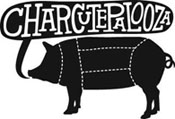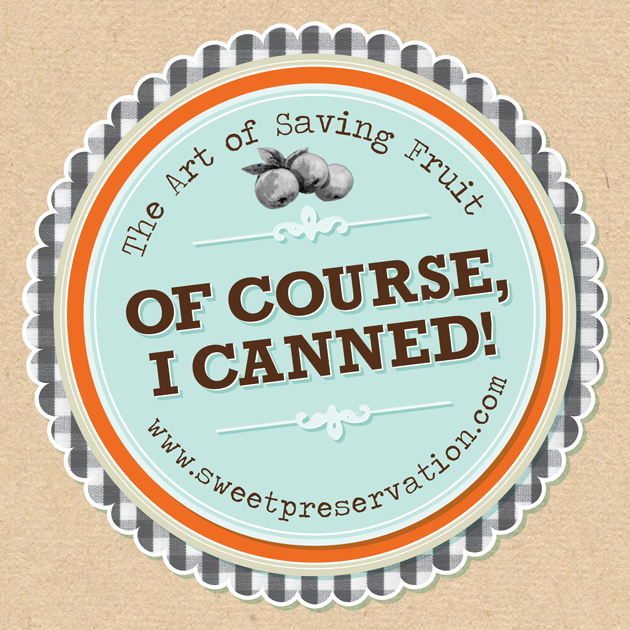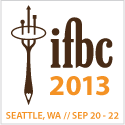Pickled Cauliflower (with a few assorted veggies)
 Monday, November 22, 2010 at 5:29PM
Monday, November 22, 2010 at 5:29PM These can be made spicy, if you like, or leave the red pepper flakes out altogether. The other spices, along with apple cider vinegar, sea salt, and a touch of sugar, still pack a wallop of flavor. (Toasting the whole spices makes a big difference.)
This crunchy pickled vegetable mixture is great on an antipasti platter, eaten with cheese & crackers, served with hummus, or chopped up a bit and eaten on a burger.
This makes a nice big batch, but you'll be glad you made a big batch when you taste it.
NOTE: Ground turmeric gives the brine a slight yellowish tint and can make it a tiny bit cloudy sometimes too. If you want a perfectly clear brine, omit the ground turmeric. The pickled veggies will still be delicious, but the flavor will be a bit less complex.
Yield: 3 or 4 quarts, or approx 7 pints. (Amount varies due to size of vegetables used.)
- 1 head cauliflower - cored, then broken into 1 to 2-inch florets
- 6 carrots - peeled and sliced diagonally 1/2 inch thick
- 1 red bell pepper - cored and cut into 1 inch chunks
- 1 yellow onion - peeled, then sliced into 1/2 inch thick slices
- 2 teaspoons coriander seeds
- 2 teaspoons mustard seeds (brown or yellow or a mixture)
- 2 teaspoons cumin seeds
- 6 cups apple cider vinegar
- 3 cups water
- 3 cloves garlic, peeled and chopped
- 1 inch piece of fresh ginger, peeled and sliced 1/4" thick
- 1 cup white sugar
- 4 TBS sea or kosher salt
- 2 teaspoons black peppercorns
- 1 teaspoon ground turmeric (optional, see note above)
- 1/2-1 teaspoon crushed red pepper flakes (optional)
1.) Layer the cauliflower, carrots, bell pepper and sliced onions in a large glass container or jar, or several smaller jars*.
2.) Toast the whole seeds (cumin, coriander and mustard) over medium heat, swirling the pan occasionally, until fragrant and slightly darkened, about 2 minutes. Add the vinegar, water, garlic, ginger, sugar, salt, peppercorns, turmeric, red pepper flakes, to the toasted spices. Bring to a boil, stirring, long enough to dissolve sugar and salt. Turn off heat and let brine cool to room temperature.
7.) Remove jars from canner and let sit on the counter for 24 hours. Store in a cool dark place, and be sure to refrigerate after opening.
*If planning on processing in a Boiling Water Bath for shelf-stability, you'll want to use canning jars.
 Brook Hurst Stephens | Comments Off |
Brook Hurst Stephens | Comments Off | 







